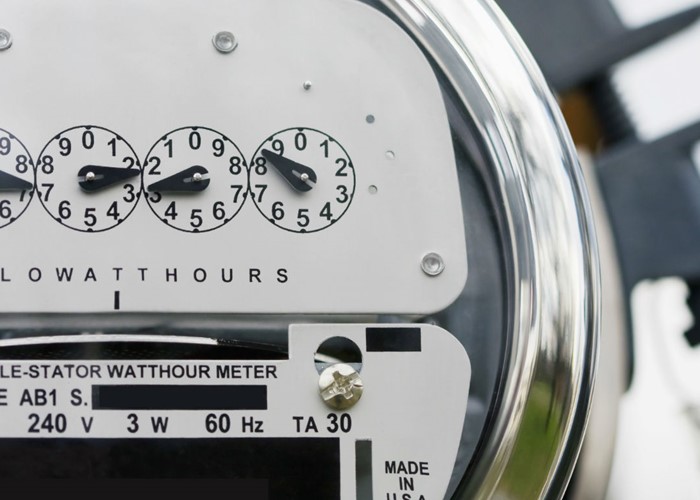Is Economy 7 a big con?

Many Economy 7 customers are paying more than they need to for their energy and would be better off on other tariffs.
Economy 7 (E7) is an electricity tariff with two tariffs – one for the day time and a cheaper one for seven hours during the night. Hence ‘Economy 7.’
E7 tariffs use a different kind of electricity meter which can track how much electricity you use at different times during the day and night. There are also some other ‘time of use’ tariffs available including ‘Economy 10’.
If you’re not sure whether you have an E7 tariff, take a look at your bill. If you’re being charged different rates for day and night, you’re on E7 or another ‘time of use’ tariff.
E7 and similar tariffs serve a useful purpose, according to the industry, which claims that they help to spread out energy usage so that power stations don't get overloaded during the day.
Some make money
Now I’m in no doubt that some E7 customers do make money from the deal. This is most likely if they have night storage heaters. These heaters store thermal energy during the night when electricity is cheaper and then release the heat during the day as required.
However, this isn’t true of everybody. New research from Consumer Focus shows that 38% of E7 customers don’t have storage heaters and/or don’t regularly use appliances at off peak times.
As a result they’re not getting much benefit from E7, and they may well be better off on a conventional gas and electricity tariff.
If you’re not sure whether E7 is working for you, this table may help. It shows how much energy you should be consuming during the night to make sure that you’re making money from E7.
Night time consumption to make E7 cost effective
|
Supplier |
Percentage of off-peak electricity usage required to make the Economy 7 tariff more cost effective than a standard tariff |
|
British Gas |
45% |
|
Cooperative Energy |
35% |
|
Ebico |
33% |
|
Ecotricity |
20-35% (depending on the region) |
|
EDF Energy |
20-30% (depending on region and consumption profile) |
|
EON |
34% |
|
First Utility |
Don’t offer an Economy 7 tariff |
|
Good Energy |
15 to 40% (depending on region and consumption profile) |
|
LoCo2 |
13 to 20% |
|
npower |
35% |
|
OVO |
30% |
|
Scottish Power |
15% |
|
Spark Energy |
Don’t offer an Economy 7 tariff |
|
SSE |
35% |
|
Utility Warehouse |
40% (35% for low users) |
Remember if you don’t have night storage heaters, there’s a strong chance that you won’t be making money from E7. You could also use our gas and electricity comparison tool to find out if you could make money by switching to a conventional deal.
What can you do?
If you think you’re not making money from E7, you have two options:
1. You could try and consume more energy during the night. You can get timer switches for appliances such as washing machines, and you could then run them at 2AM if you wish.
2. Consider switching to a conventional electricity tariff. Be careful though. You may need a new meter and your electricity provider may charge you for installing it. If that’s the case, make sure that any savings you’ll make from switching won’t be swallowed by the costs of putting in a new meter.
Ignorance
The Consumer Focus research also suggests that a big problem here is ignorance. Different providers offer cheaper rates for different periods during the night, so it’s not a surprise that 59% of E7 users would like more information on when tariffs begin and how they can the maximum savings from their tariff.
A con?
I don’t think that Economy 7 is really a con, as some customers do make money from it.
But it clearly doesn’t work for everyone, and I fear that providers may be exploiting customer ignorance and apathy to pocket extra cash from customers who should be on a regular tariff.
And let me emphasise, if you’re on E7 and you don’t have night storage heaters, you should definitely do some research and see if you’d be better off switching.
More from lovemoney.com:
Comments
Be the first to comment
Do you want to comment on this article? You need to be signed in for this feature